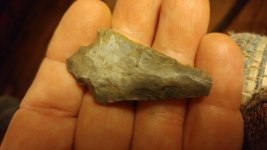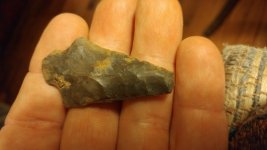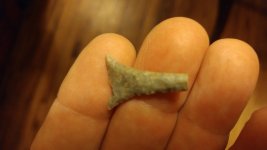tnmudman
Hero Member
I went back yesterday and once again dug for about 2 hours at the edge of the field with the same result nothing but a bunch of flakes then started surface hunting. the broken triangle was a fine example of what could have been, but i would like some opinions on the possible celt. The material is not slick at all but almost like sandpaper but it does have a bit on each end.
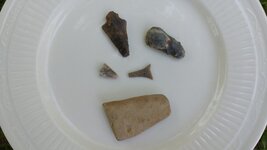
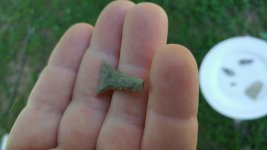
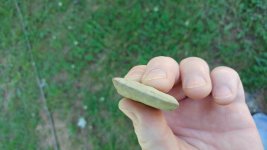
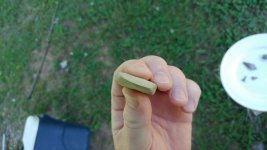
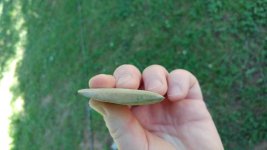 4
4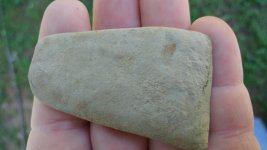
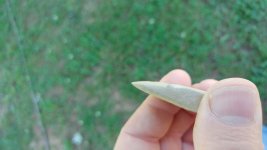





 4
4


Amazon Forum Fav 👍
Upvote
0



